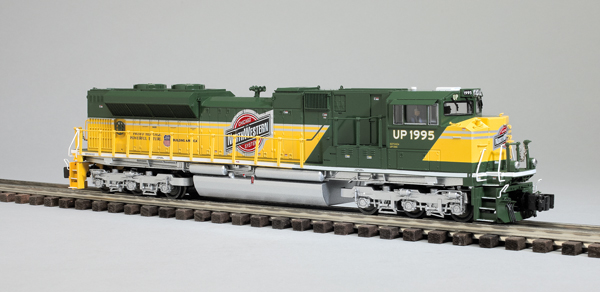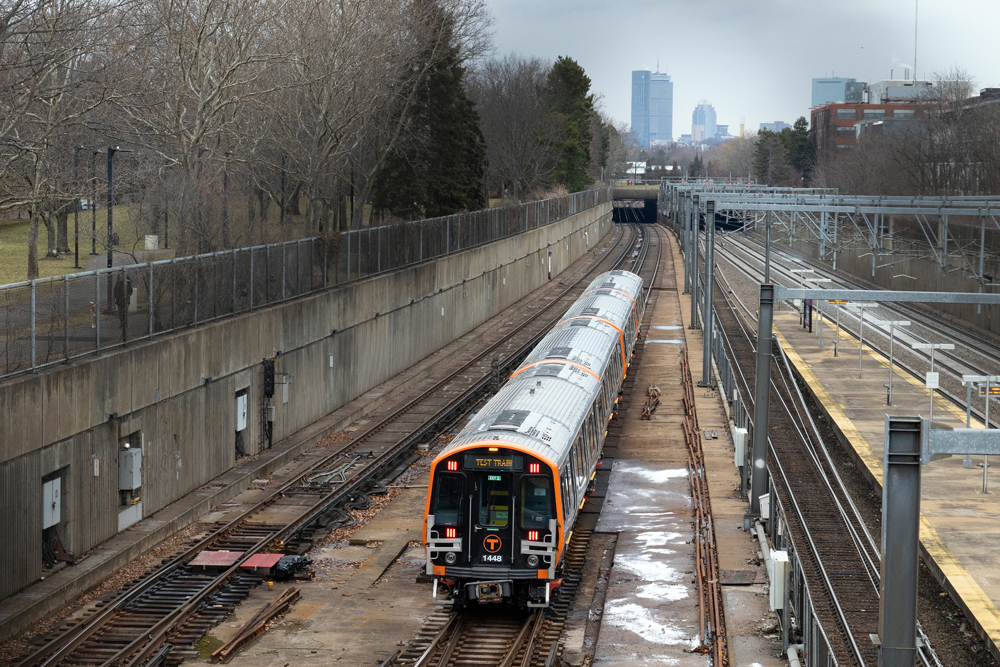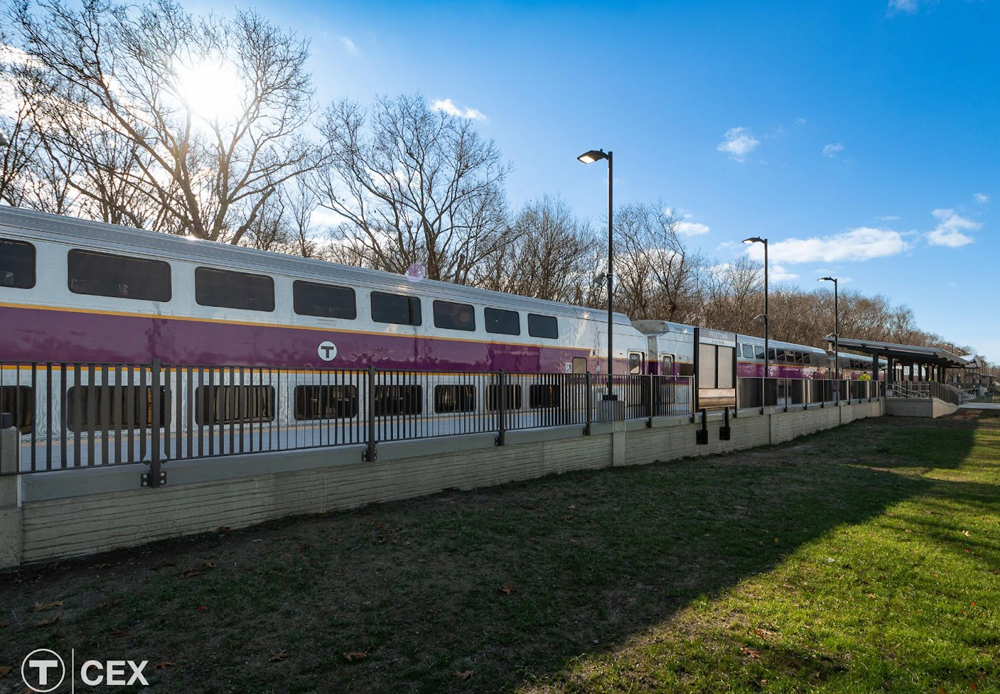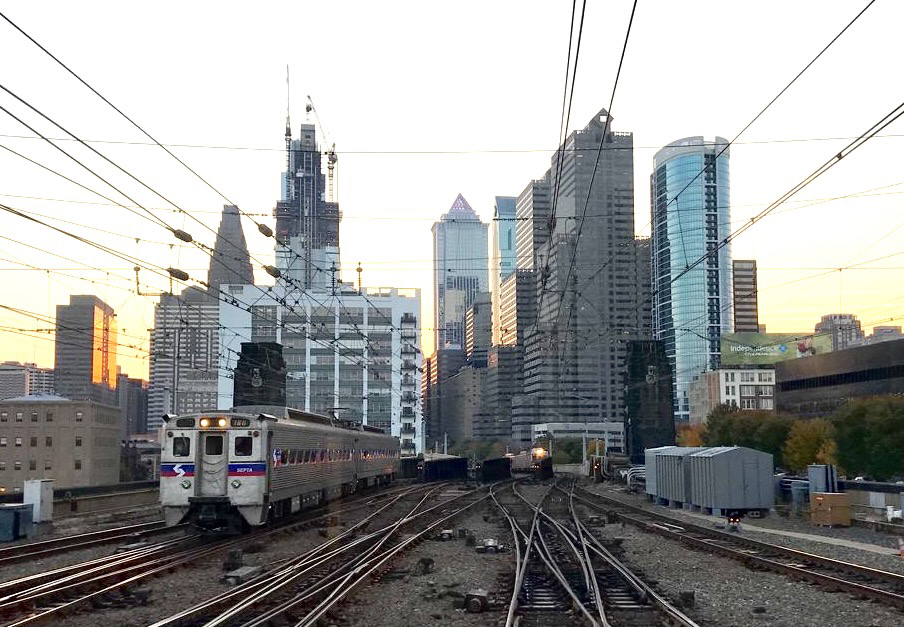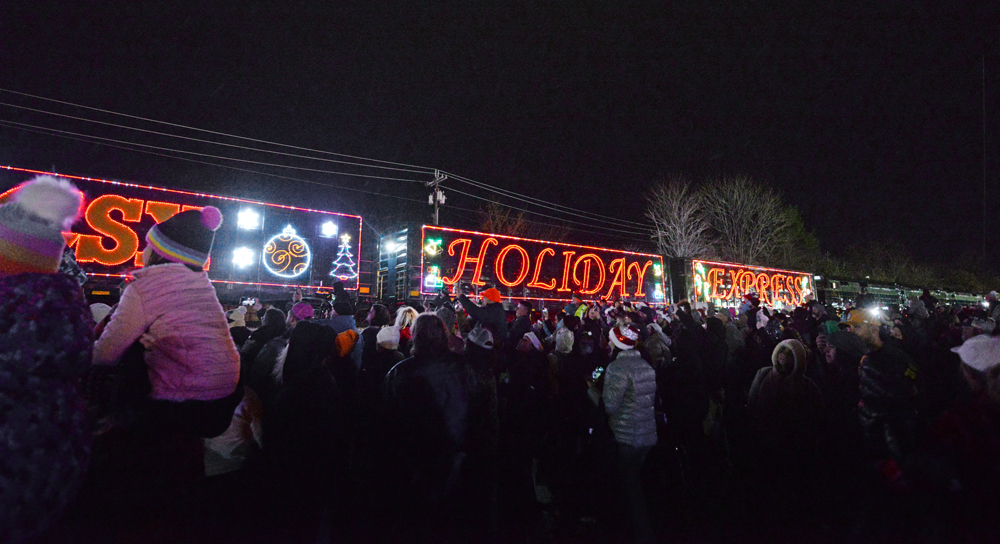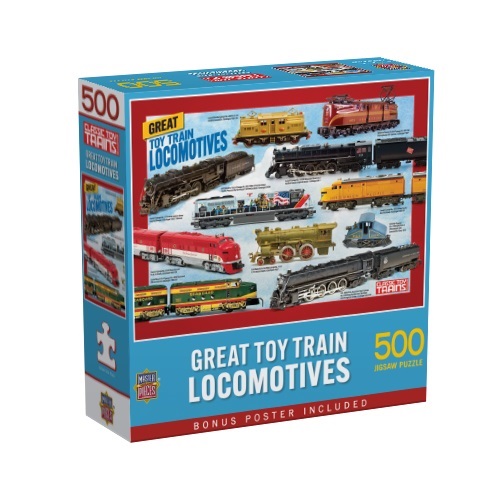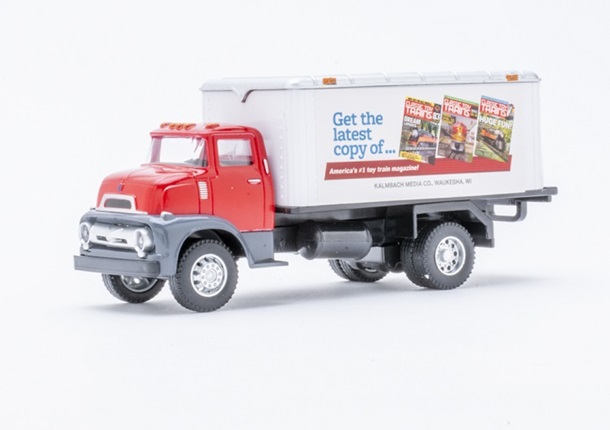This time we’ll examine an American Flyer locomotive representing the new face of S gauge: the Electro-Motive Division SD70ACe. Specifically, the no. 48176 SD70ACe in a Union Pacific/Chicago & North Western heritage paint scheme.
First, let me doff my cap to Jack Sommerfeld, of Sommerfeld’s Trains in Butler, Wis., for letting us borrow this exciting new model to test from his personal fleet. Jack, you rock!
The SD70-series of locomotives was first fielded by EMD in 1992, and production has now reached nearly 4,000 units. The six-axle, 4,000-horsepower locomotives have been offered in an array of variations including, the ACe version, which is upgraded to meet Tier-2 emissions regulations. This big, powerful locomotive has been sold to railroad operations in North America, South America, and Australia.
Opening the box
The first thing that struck me about the new model from Lionel was how light it is compared to an O gauge model. But light weight doesn’t mean light in the detail department. This model is a gem.
The pilot is as intricate as any you’ll find in O gauge: front-mounted snowplow, add-on multiple-unit and brake line cables/hoses, and add-on uncoupler arms. There are very fine handrails and grab irons as well as a safety chain to secure the gap. Ditch lights are mounted on the deck of the pilot. The deck has safety tread, and the steps have water-drainage holes and white safety accents.
There’s a cast-in door in the nose, and you’ll find add-on wire grab irons on the snout, the sides of the nose, and above each forward window. Filler caps for the sand hoppers are on the corners of the nose. The forward windows have twin wiper arms, and the side windows have sunshades.
The carbody has a delightful level of cast-in detailing. The casting of doors, hatches, hinges, and latches is all deep and clear. Louvers are well done, and the see-through screens on the side of the radiator wings are wll done. As is common today, the radiator wings lift off to reveal the smoke and run/program switches.
Along the roof you’ll find the smoke unit at the rear of the hump behind the cab. A simulated horn is found on the top of the shell, and the exhaust area is see-through, so you can view some very nice fan-blade detail.
Looking at the model from the rear, you can see a similarly high level of pilot detailing, with grab irons running up the rear as well as a short equipment cabinet located behind the fireman/brakeman’s position. Topside, grab irons bracket the rear fan housing and a sand line cap crowns the point.
Lighting, of course, is directional. The ditch lights look good, too.
The truck frames are metal, as is the fuel tank/speaker housing. The trucks have excellent cast-in and add-on detailing for the brake shoes and the sand lines.
On the undercarriage below the walkways, you can see reservoir tanks and an impressive variety of add-on piping.
Our sample had a slight blemish on the dark green paint on the cab’s roof. This looked as though it had been caused by rubbing within the box. It might buff out, but since we didn’t own the model, we deferred trying to clean it.
The overall finish was a bit dazzling, reminiscent of the shiny finish on Williams locomotives back in the mid-1990s. Other than the blemish noted, the paint application was flawless and the lettering, logos (including an enormous Chicago & North Western herald), and nomenclature were all clean and crisp.
On the test track
The S gauge model is equipped with Lionel’s Legacy command-control system, but you don’t get a Legacy module in the box. You need to buy a no. 37125 Legacy writable utility module (a blank Legacy module) and then purchase the downloadable software froman authorized Lionel retailer. However, if you have a Legacy system, just put the locomotive on the track and address it as “Engine 99”; then it will function in the command mode.
I started testing the model in the conventional mode. I expected smooth sailing, but I encountered a problem I had not experienced in some time: transformer incompatibility.
When I disassembled my old O gauge layout, I eliminated the need for a second high-power transformer for the third main line. So I bumped my Lionel postwar KW from the S gauge line, replacing it with my MRC Pure Power Dual. I’ve used that outstanding 270-watt power supply for many years – successfully running trains equipped with MTH Electric Trains’ ProtoSound and ProtoSound 2.0, Dallee Electronics’ sound system, the iterations of Williams’ TruBlast, and Lionel’s TrainMaster Command Control. So I didn’t envision any difficulties.
Using the Dual Power as the source, I found the locomotive was virtually inoperable. The behavior was so unusual that I videoed it to show my boss. The model would boot up and then often cycle on-off-on-off.
Sometimes it would shut back down; at other times it just sat there – making sounds, but not responding to directional commands. When I could get it moving, it would lurch forward, but usually stop and shut down. It rarely reversed when directed.
I then put engines from American Models and S-Helper Service on the track, and they worked just fine.
Frankly, knowing modern toy train electronics can be a bit quirky, I first suspected the problem didn’t involve the power supply.
While driving to work the next morning, the clue bird flew in. The other two brands of S gauge locomotion were not packed with the level of sophisticated electronics the Lionel was. Perhaps the problem wasn’t in the train.
When I returned home that night, I replaced the Dual Power with an MTH Z-4000 – and the SD70ACe worked just fine in conventional mode. When I connected the Legacy system into the mix, it worked even better. Performance was like night and day.
So let me if you encounter a problem, check your power supply before taking the locomotive to a service center.
The sounds were terrific – the horn and bell were very good. The remote operating couplers functioned nicely, and their ker-thunk sounded even better!
Our conventional-mode low speed average was 14.8 scale miles per hour, and the command-mode low-speed average was 3.5 scale miles per hour. The high-speed average was 59.1 scale miles per hour, but I believe this was due more to the length of the straightaway on my layout than the ability of the model to really stretch its legs and run.
The model comes with a pipette and a funnel for loading the smoke fluid. If you don’t run with smoke fluid, be sure to turn the smoke generator off to avoid damage. Smoke output was satisfactory, especially for an S gauge locomotive.
The traction-tire-equipped locomotive’s drawbar pull was 1 pound, 15.8 ounces. This was especially impressive since it is clearly in the realm of O gauge locomotive drawbar pull.
I was exceptionally pleased to test Lionel’s new American Flyer SD70ACe. This is yet another milestone in the evolution of the brand from one based mostly on pre-1966 nostalgia to one with its roots in the past yet able to satisfy the expectations of a new generation of S gaugers. The level of detail and the quality of operation make it clear this baby isn’t your father’s postwar American Flyer GP7.
Features: Two can-style motors, Lionel’s Legacy command and sound systems, operating coil couplers, smoke unit, traction tires. Requires 36-inch-diameter curves.





